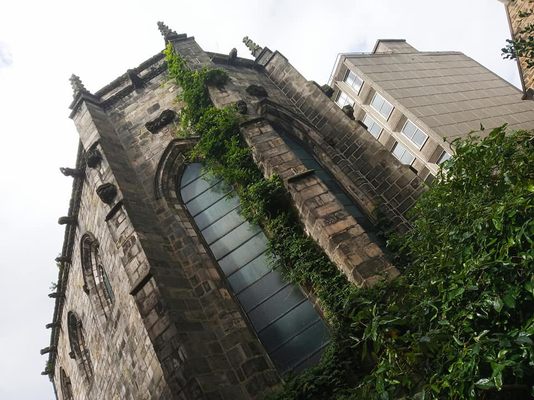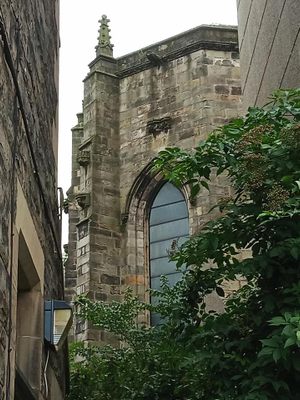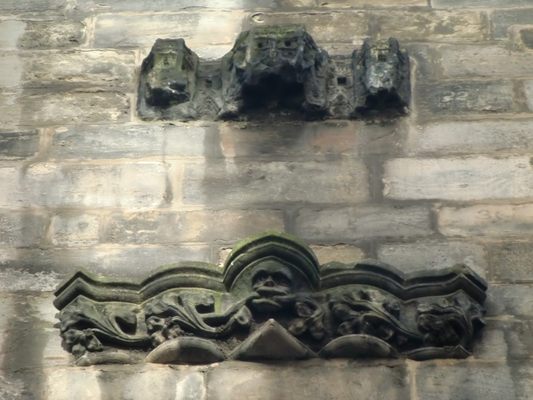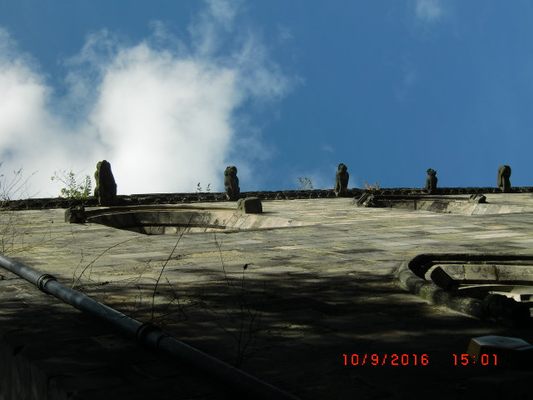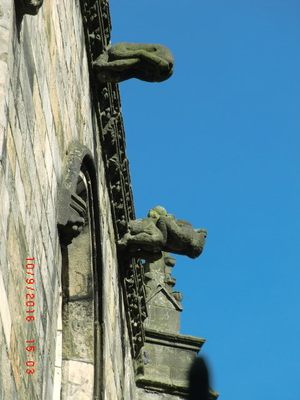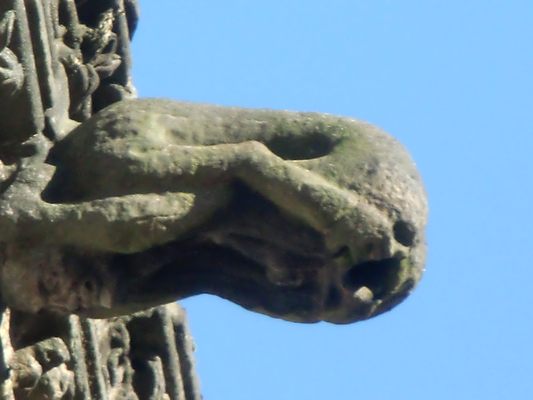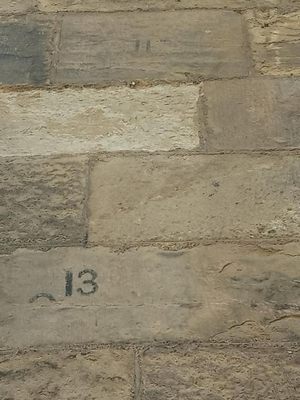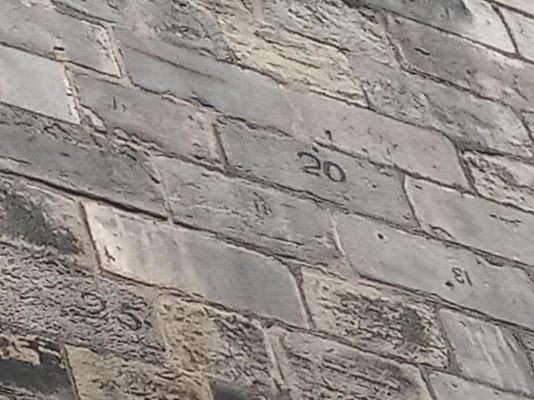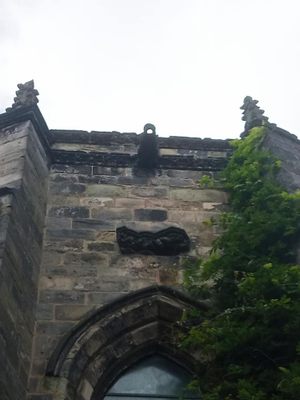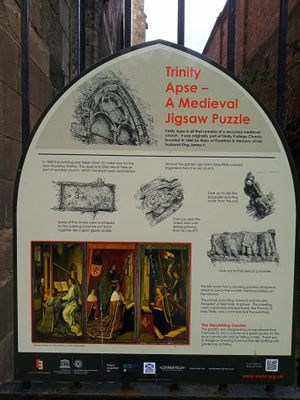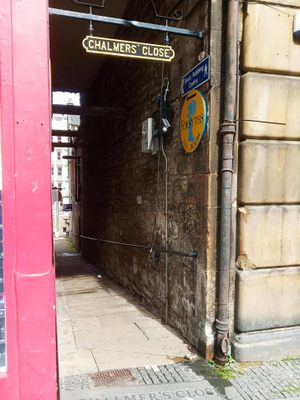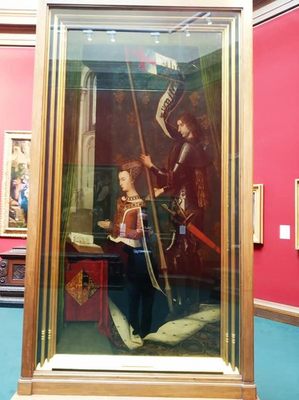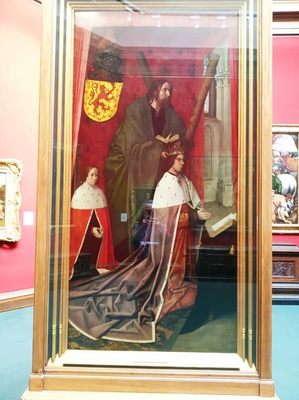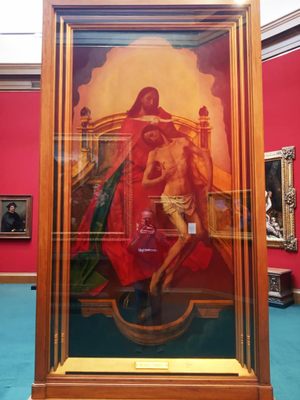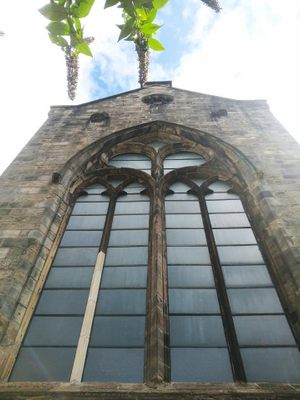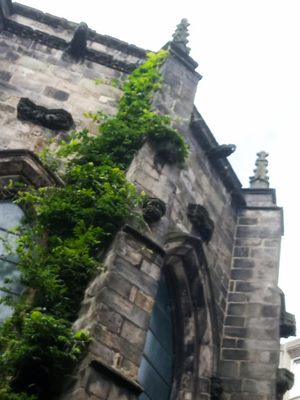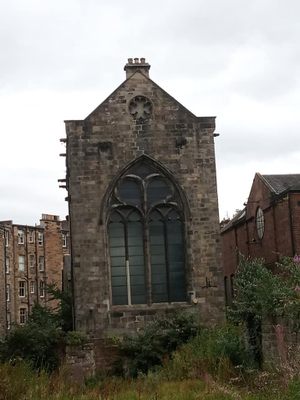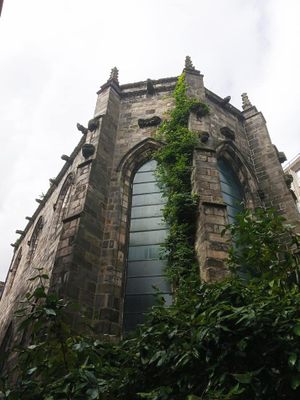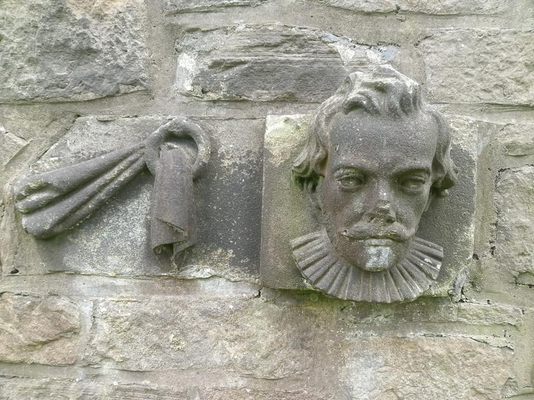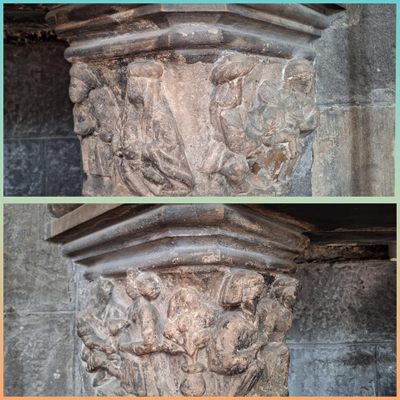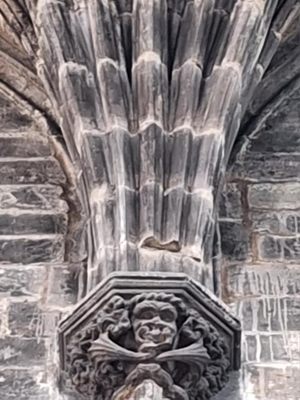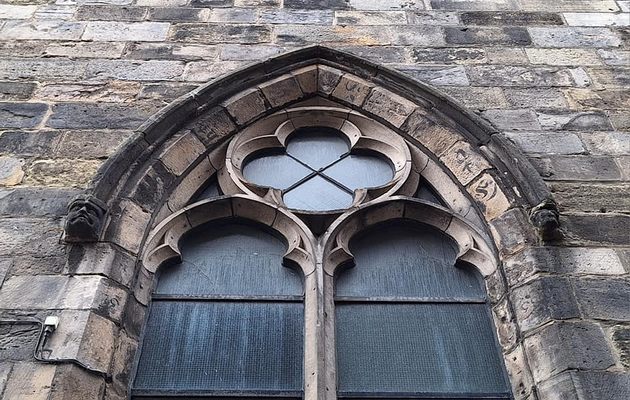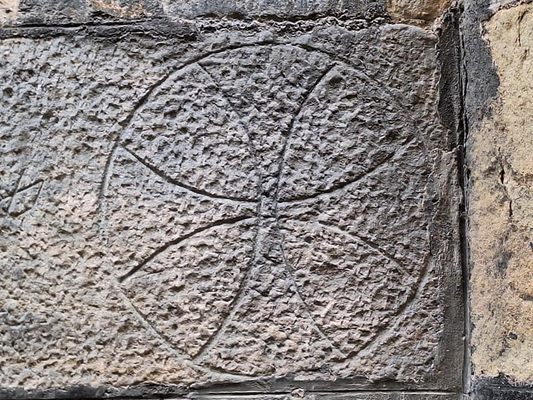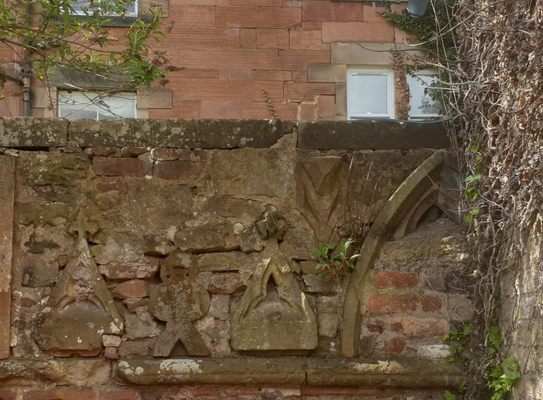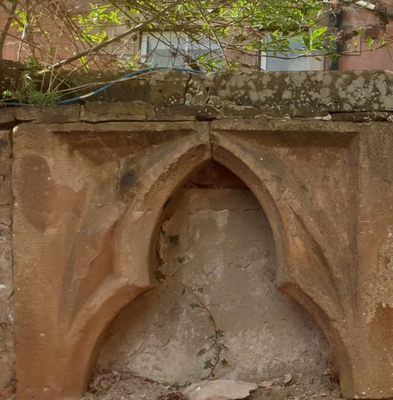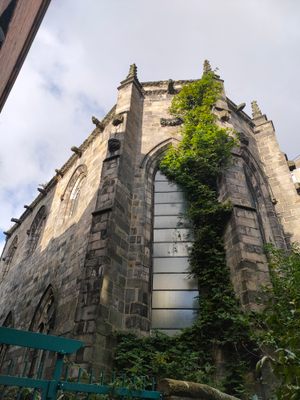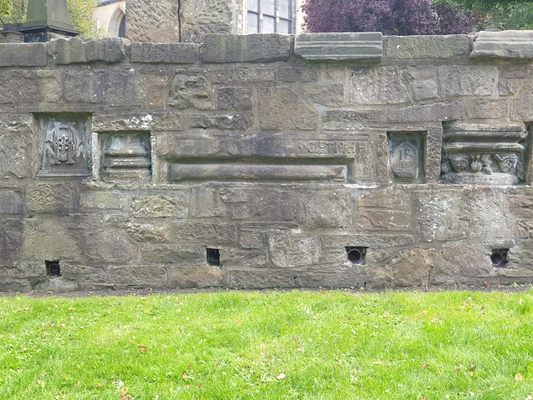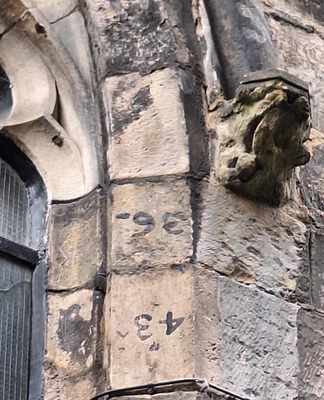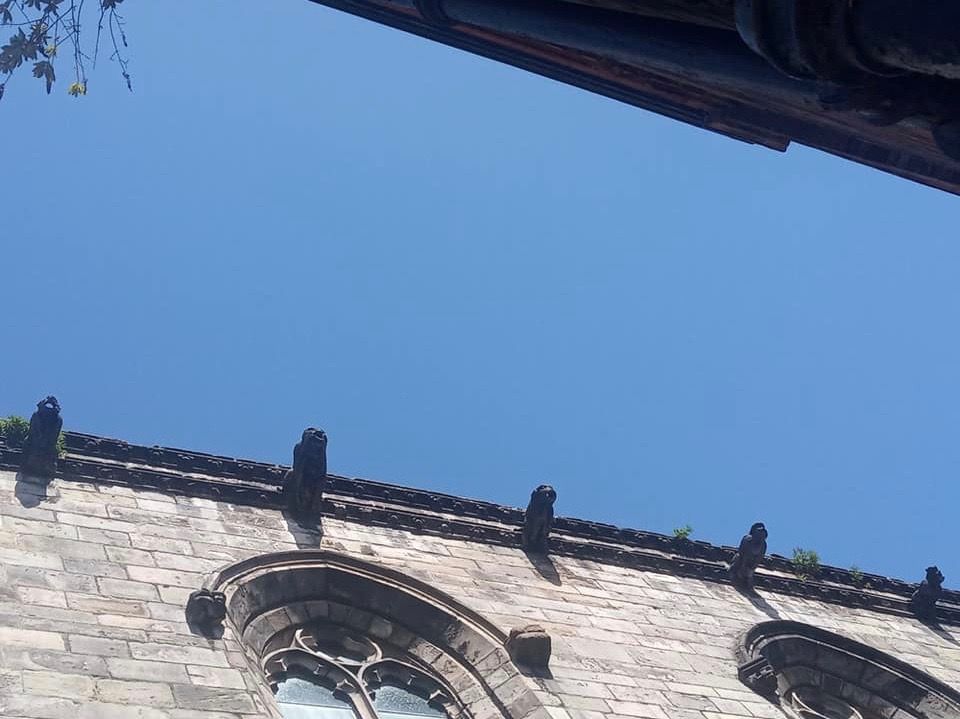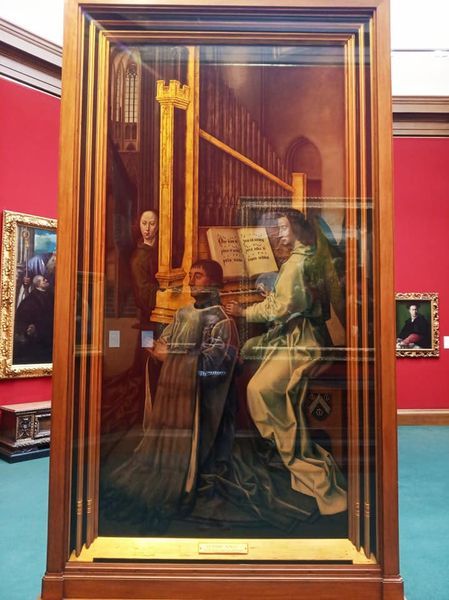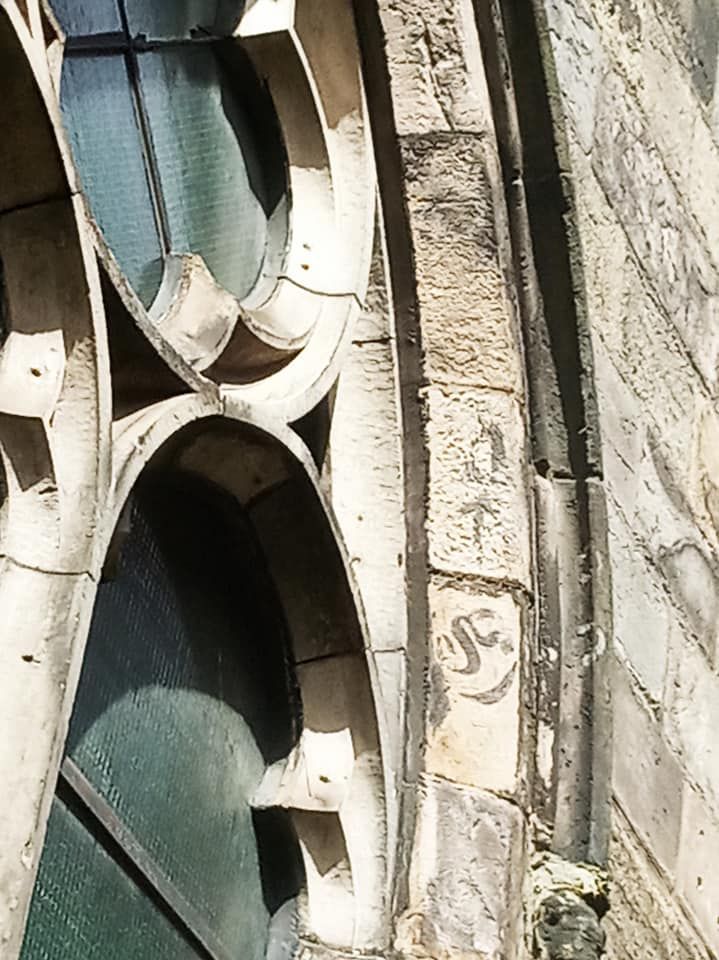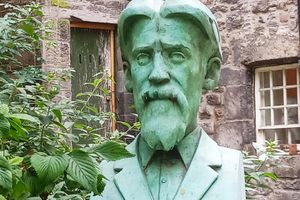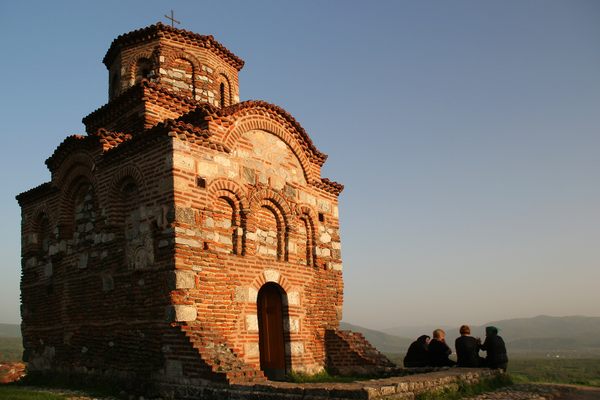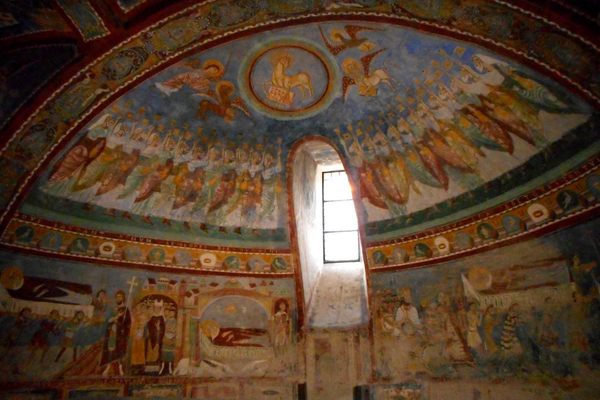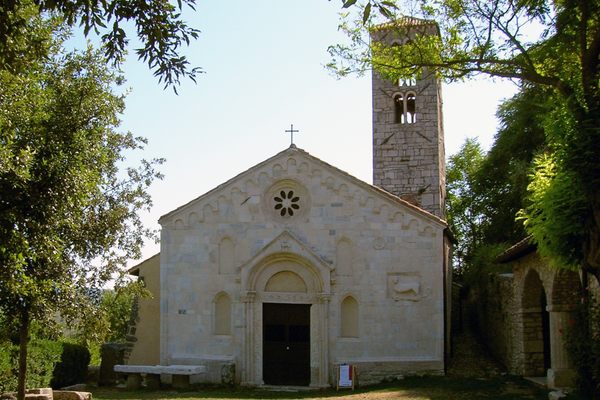About
The Trinity Apse was founded in 1462 by the Queen Mary of Gueldres, after the death of her husband King James II. An apse is the portion of a church, usually with an arched or domed roof and containing an altar. This gothic chapel was originally located in what was then known as Waverley Valley, the area between Calton Hill and the Old Town.
However, with the advent of the locomotive in the 1800s, the collegiate church was smack dab in the middle of the city's plans for a new railway station—Waverley Station, named for the historical novel of the same name by Walter Scott, one of Edinburgh's most prestigious authors.
A battle ensued involving the North British Railway Company and city officials—for 24 years they wrangled over an appropriate location for the holy institution. At first, it was thought that Calton Hill would make an ideal locale, nestled between some of the city's most luminary structures: the Nelson Monument, the City Observatory, and the National Monument.
Eventually, an agreement was reached to put the church between Jeffrey Street and Chalmer's Close in the Old Town. While the argument of its new location went on, the chapel itself was being dismantled, with each piece numbered so that it could then be easily reassembled. However, a few opportunistic individuals made off with a few unattended pieces. Thus the church had to be redesigned to make up for the lost segments.
There is a section of wall in Greyfriars' Kirkyard that is made up of these pilfered components. They can be located towards the middle of the cemetery, alongside the westerly side. Just adjacent to a set of steps and across from the big paneled headstones along the Flodden Wall.
Individual segments had been hauled off to Calton Hill, so while the church waited for a consensus to be reached, sticky fingers found their way to the unattended historic building materials. So then the original design had to be adapted to make up for the "lost" segments. At Trinity Apse today, one can make out the jigsaw of numbers faintly etched on the masonry. Though access to the interior of the building is currently shut down, there are still a number of features to see.
There is an impressive line of gargoyles around the periphery of the roof (including one cheeky individual in a rather risqué position) Keep an eye out for images of "Green Men," folkloric creatures symbolizing, appropriately, rebirth. Hugo van der Goes's triptych altarpiece from the church can be viewed at the Scottish National Gallery. It is said to be one of the finest altarpieces of Scottish religious iconography.
In the Spring of 2023, the owner of a mechanical repair shop made a discovery on his property, adjacent to Spring Valley Gardens, in the Morningside neighborhood. In the same courtyard that houses the rustic facades of a western midway, lies a series of ancient stonework. With the help of local experts, it was determined that these carvings were one part of the deconstructed church.
Related Tags
Know Before You Go
Trinity Apse used to be the home to the Edinburgh Brass Rubbing Centre, but that appears to no longer exist. The exterior of the church can be viewed at any time, from Chalmer's Close off the Royal Mile, or off Jeffrey Street or Trunk's Close. Though access is only available Monday through Friday, the Scottish National Gallery on the Mound is a 15-to-20-minute walk away.
The Apse is currently under the auspice of the Edinburgh City Council. If visiting the nation's capital, it is wise to check a few websites to see about gaining access to the interior. In August the Edinburgh Arts Festival may use the chapel as a venue. Usually, the last weekend in September is an event known as Doors Open Days, they sometimes allow for visitations.
Flavors of Scotland: Beyond the Haggis
Smoked seafood, single malt whisky, and warm hospitality.
Book NowPublished
December 2, 2020
